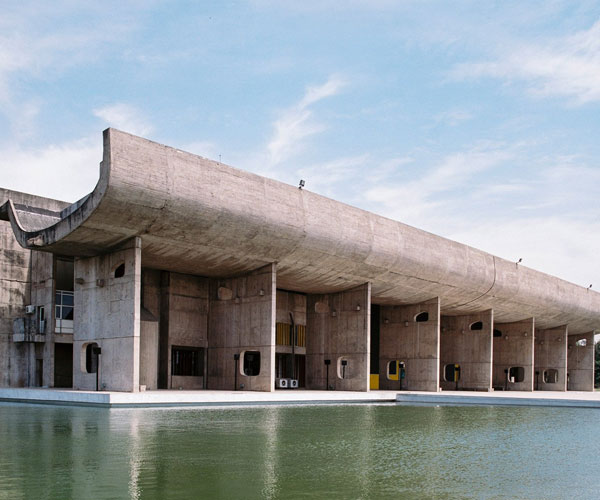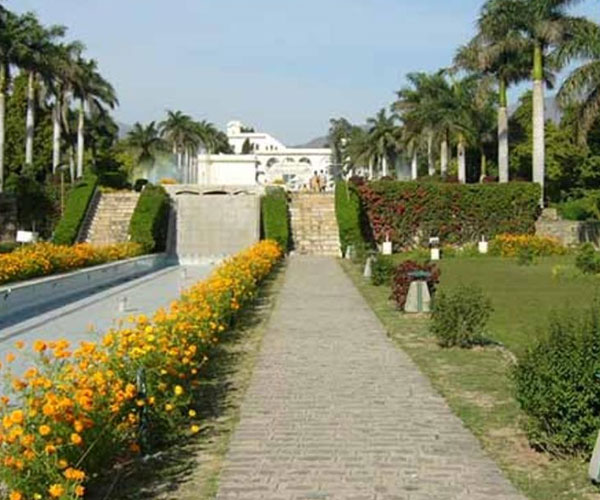Culture Quest-Ground
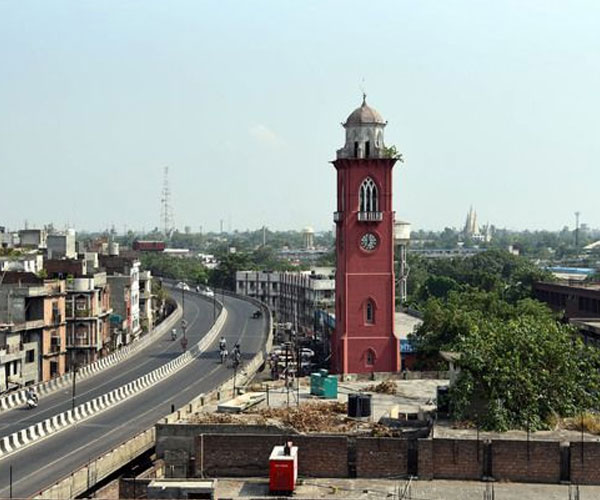
About Ludhiana
Ludhiana, Punjab’s largest city, offers a rich blend of history, culture, and nature, making it an engaging destination for sightseeing. Within the city, one can visit the majestic Phillaur fort and the Lodhi Fort, an ancient structure that speaks of the region’s royal past .
Named “India’s Manchester” by the BBC & is the commercial capital of Punjab. It stands on the old bank of Sutlej River Ludhiana on the 48th position among the top 100 smart cities the city has been ranked as one of the easiest cities in India for business according to the World Bank.
Places of interest in Ludhiana
Maharaja Ranjit war museum
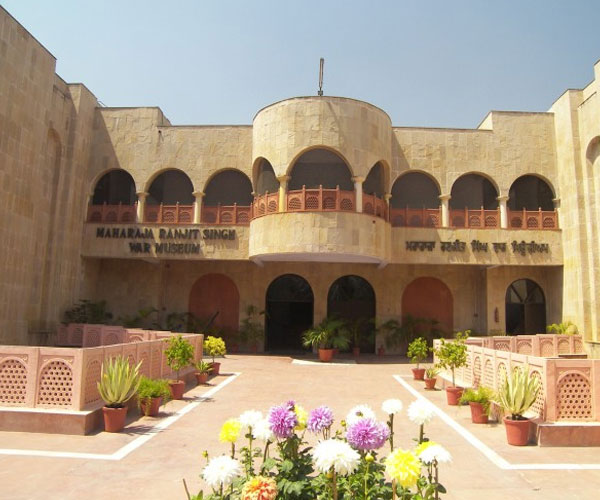
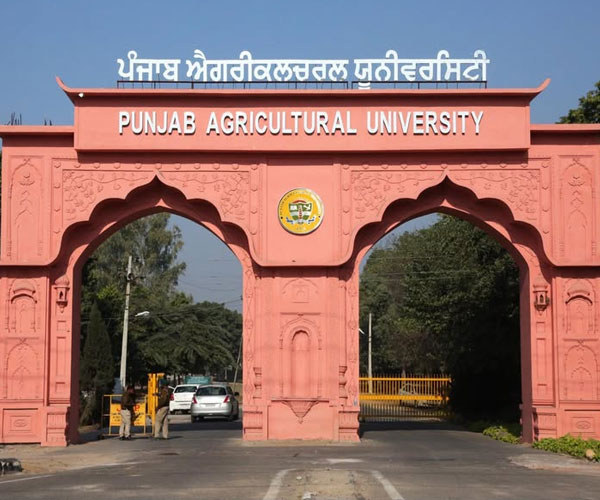
Punjab agricultural university
A world of its own, the Punjab Agricultural University (PAU) in Ludhiana spans around 1,220 acres of main campus, complemented by over 4,600 acres across research stations. It features modern smart classrooms, well-equipped laboratories, a central library, and a 12-bed hospital. Residential facilities include separate Wi-Fi hostels for boys, girls, and international students. A sprawling 35-acre sports complex boasts a velodrome, swimming pool, astroturf hockey stadium, and courts for multiple games Landscaped gardens, an open-air theatre, auditoria, cafes, and vibrant seasonal tree-lined walkways create a lively, nurturing campus ambience. It is well worth a visit during your stay.
Nehru Rose Garden
Nehru Rose Garden in Ludhiana, established in 1967, spans approximately 27–30 acres and features over 17,000 plants with 1,600 rose varieties, making it one of Asia’s largest rose gardens. It offers beautifully landscaped lawns, musical fountains, pathways, a planetarium, mini-zoo, and boat rides on an artificial pool. The Mattewara Forest and Deer Park offer peaceful escapes amidst greenery and wildlife. Adventure seekers can head to Hardy’s World, an amusement and water park, or experience the thrill of spotting big cats at the Tiger Safari Zoo nearby. A stroll through the bustling Chaura Bazaar is perfect for soaking in local flavours and shopping for traditional Punjabi goods. Ludhiana is also famous for the woollens and has a market where top quality products can be found.
Other places on interest include, Canal road, Wollen factories & outlets, Welcome palace road.
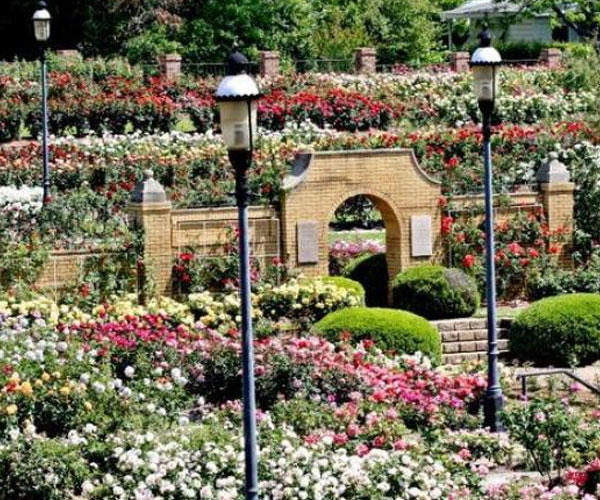
 Other attractions in Ludhiana
Other attractions in Ludhiana
Adventure seekers can head to Hardy’s World, an amusement and water park, or experience the thrill of spotting big cats at the Tiger Safari Zoo nearby.
A stroll through the bustling Chaura Bazaar is perfect for soaking in local flavours and shopping for traditional Punjabi goods.
Shopping
Ludhiana is also famous for the woollens and has a market where top quality products can be found. Woolen street is very near to CMC.
Other places of interest include, Ancestral House of Shaheed Sukhdev Thapar near CMC, Welkom Palalce Road, Canal road, Sunview upbeat European style Market (https://sunviewplaza.com/).
Malls-Pavillion, Westend, MBD
Wollen factories & outlets, Welcome palace road.
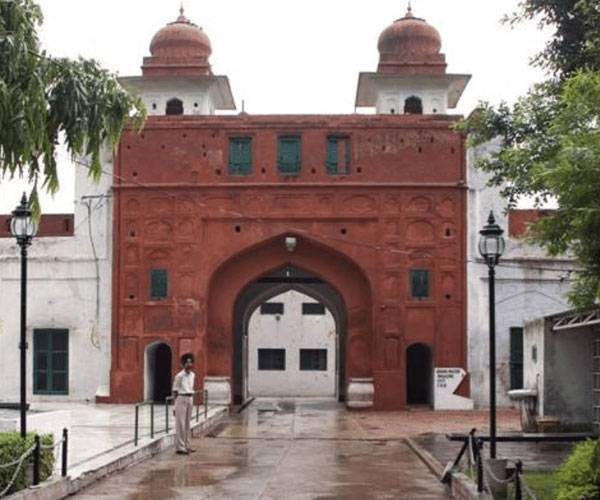
Phillaur fort
For history and war enthusiasts, the Maharaja Ranjit Singh War Museum and the Punjab Agricultural University Museum provide glimpses into Punjab’s military and rural heritage.
Places of interest in Amritsar (2 and half hours)
Group tours will be available
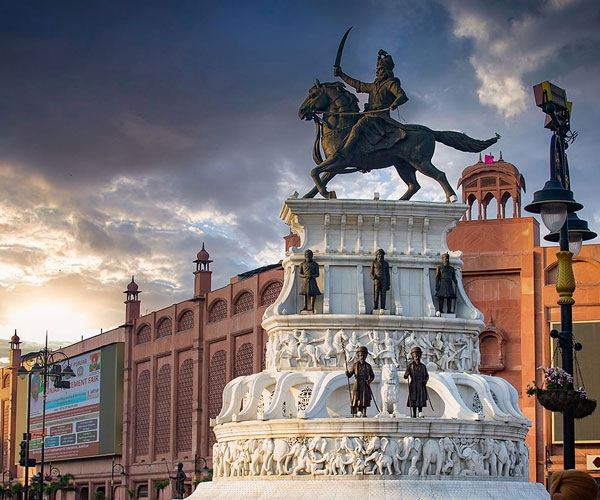
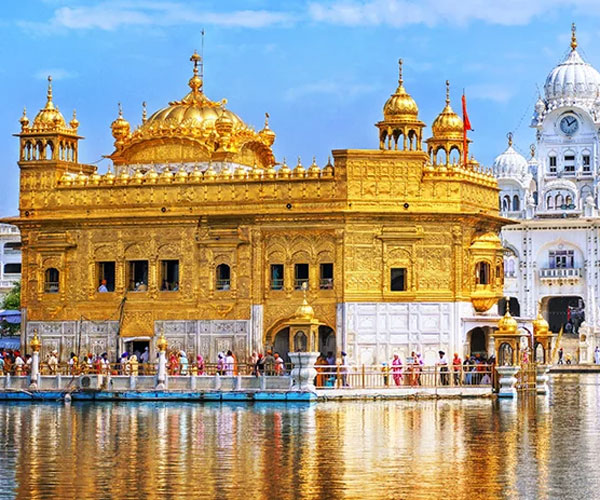
Golden temple
Jallianwala Bagh
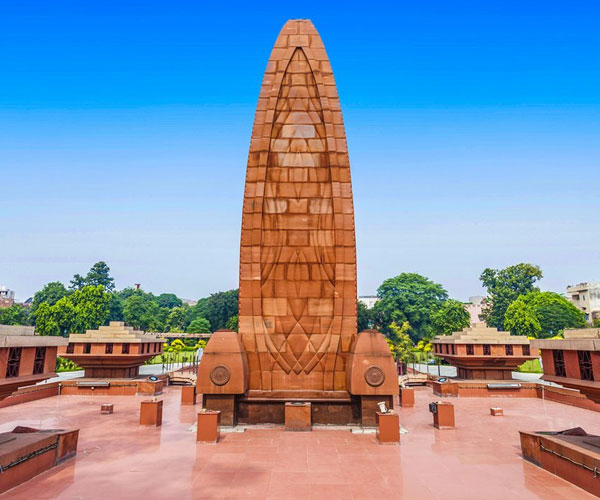
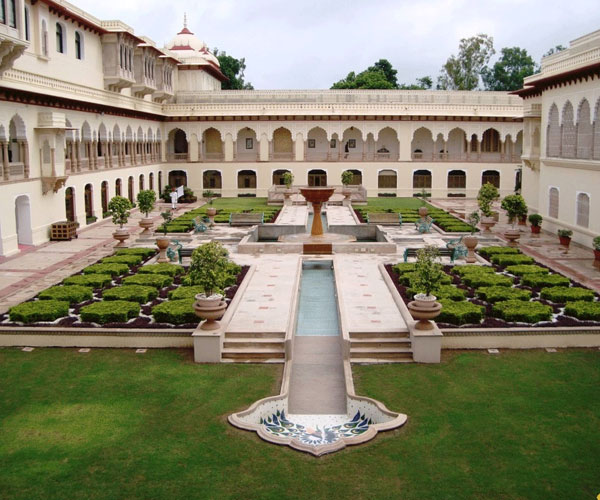
Maharaja Ranjit Singh Museum
Gobindgarh fort
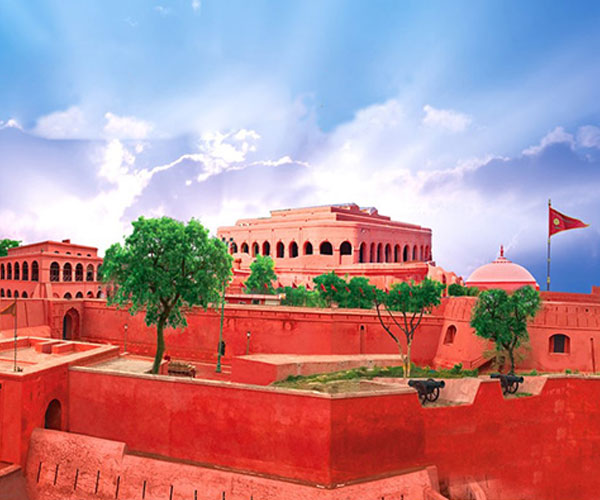
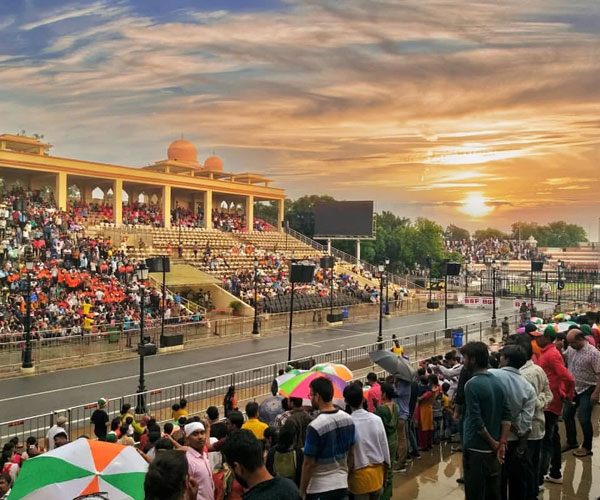
Wagah Border
Phillaur fort
For history and war enthusiasts, the Maharaja Ranjit Singh War Museum and the Punjab Agricultural University Museum provide glimpses into Punjab’s military and rural heritage.
Just beyond the city, the Wagah Border offers an unforgettable experience with its energetic Beating Retreat ceremony held every evening. The Wagah Border is the only road crossing between India and Pakistan. It is famous for the daily Wagah-Attari border ceremony, a spectacular display of military pageantry and patriotic fervor. Every evening, soldiers from India’s BSF and Pakistan’s Rangers perform a synchronized, high-energy flag-lowering ceremony, cheered on by crowds on both sides, symbolizing both rivalry and unity amidst strict security.
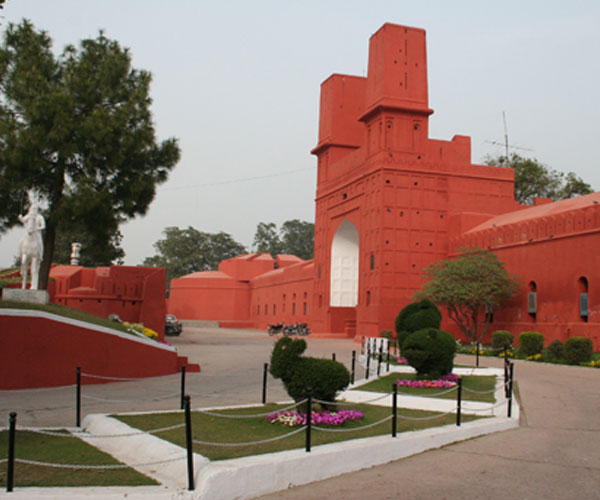
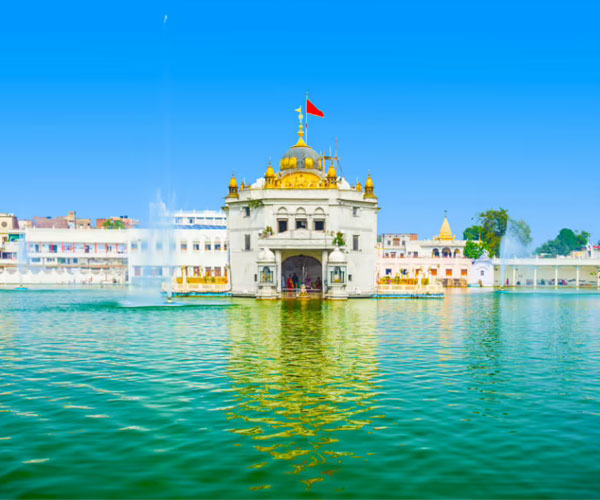
Durgiana temple
For shopping Amritsar’s bustling markets like Hall Bazaar and Katra Jaimal Singh are ideal for shopping for Phulkari embroidery and traditional Punjabi juttis.
Places of interest in Chandigarh (2 hours)
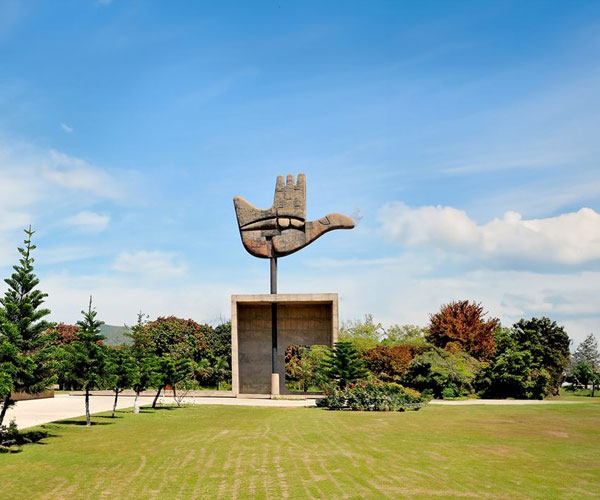
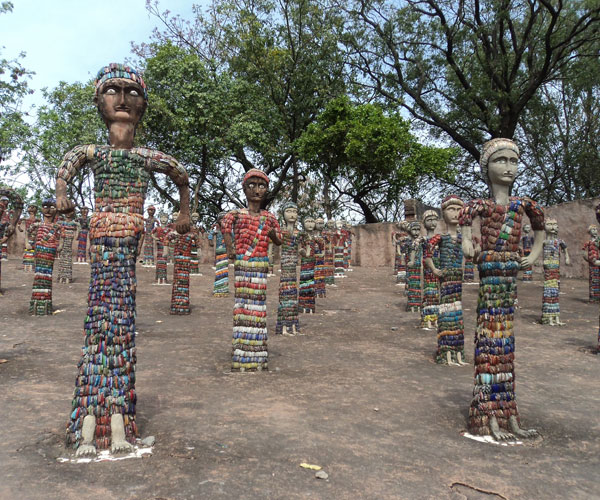
Rock garden
Sukhana lake
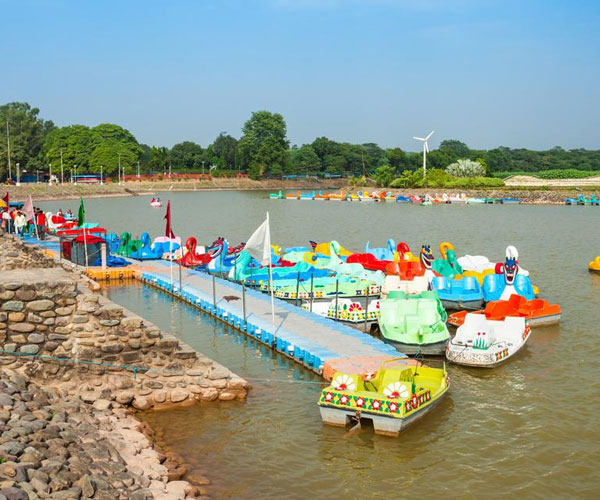
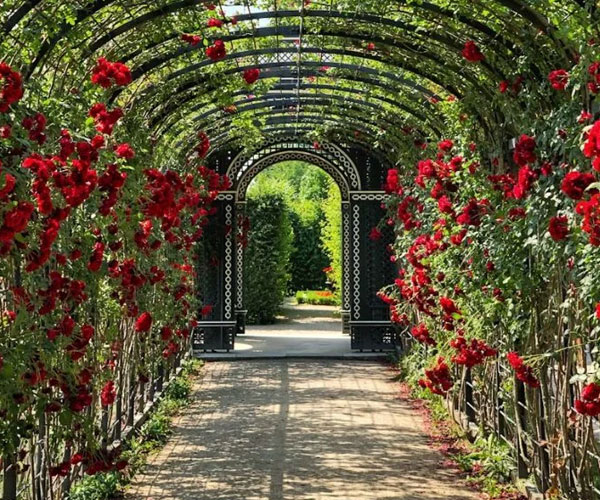
Rose Garden
Capitol complex
Leisure Valley, a stretch of interconnected gardens, and the tranquil Pinjore Gardens on the outskirts add to Chandigarh’s charm
